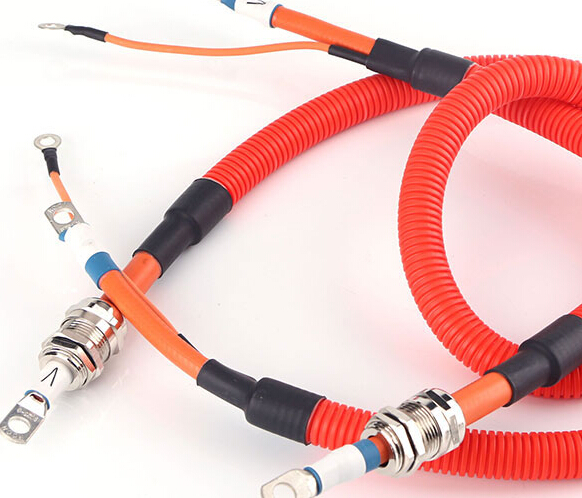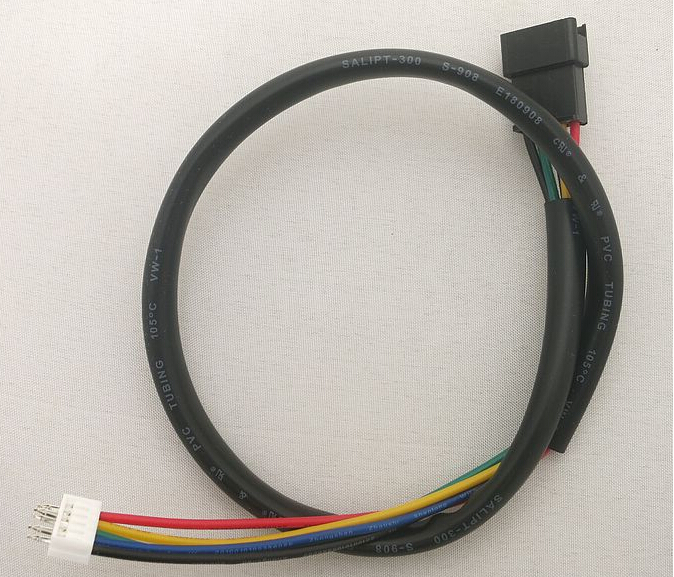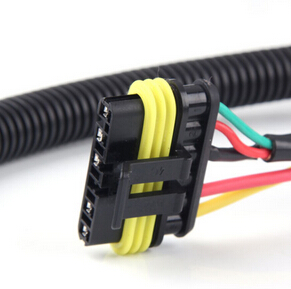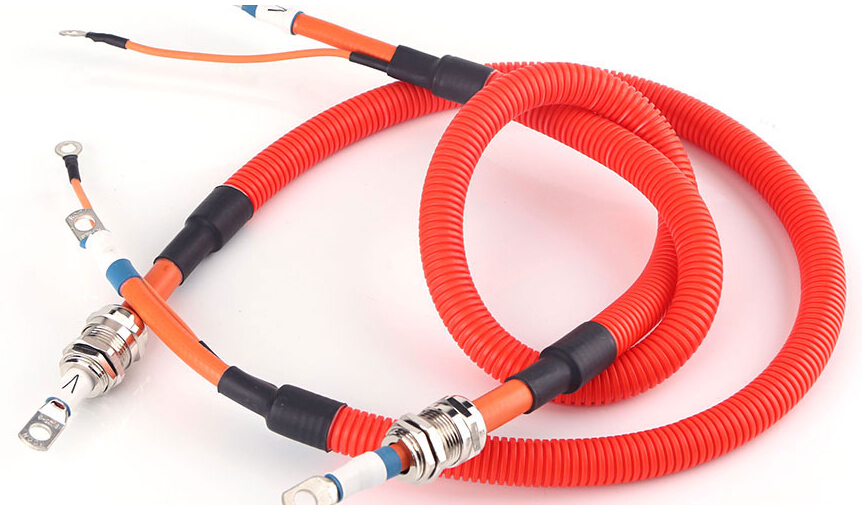1. The main reason for the failure of harness wiring
The common faults of the automobile line include poor contact of the connector, short circuit of the conductor, disconnection, and grounding.
The reasons are as follows:
(1) White damage
The use of wire harnesses exceeds the service life, causing aging of the wires, cracking of the insulation layer, and a significant decrease in mechanical strength, causing short circuit, open circuit, and grounding of the wires and causing burnout of the wire harness. The harness terminals are oxidized and deformed, resulting in poor contact and so on, which can cause electrical equipment to fail to work properly.
(2) Harness damage due to failure of electrical equipment
When the electrical equipment is overloaded, short-circuited, or grounded, it may cause damage to the harness.
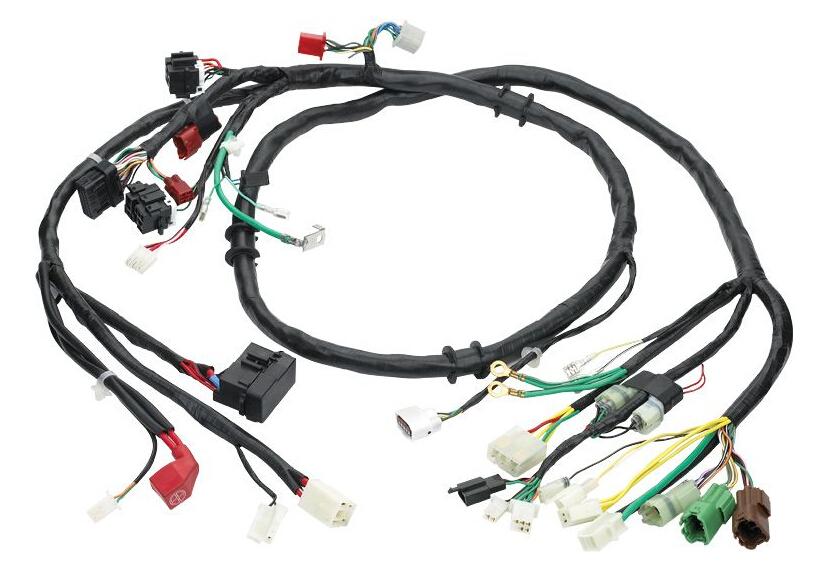
(3) Human failure
When assembling or repairing auto parts, the metal object will crush the wire harness and break the insulation of the wire harness; the position of the wire harness is improper; the position of the lead wire of the electrical equipment is wrongly connected; the positive and negative electrode leads of the battery are connected reversely; Cut wires, etc., can cause abnormal operation of electrical equipment and even burn out the wiring harness.
2. Judgment of wire harness fault
The first is the wiring harness burned out. All of this happened suddenly, and the burning rate was very fast. Generally, there was no safety device in the burned circuit. The law of the burnout of the wire harness is: In the circuit of the power supply system, which of the grounding irons, where the wire harness is burned, and where the burned-out portion is in contact with the intact portion, the Division believes that the wire is grounded. If the wiring harness burns out to the wiring part of an electrical device, it indicates that the electrical device is malfunctioning.
The second is the short circuit, open circuit, and poor contact of the circuit. The wire harness is subjected to external pressure and impact, causing damage to the wire insulation layer in the wire harness, resulting in a short circuit of the wire, causing some electrical equipment to run out of control and the fuse to blow. When judging, the division disassembles the harness connector at both ends of the electrical equipment and the control switch, and uses a meter or test lamp to detect the short circuit of the circuit.
Wire breakage fault. In addition to the obvious fracture phenomenon, common faults occur at the terminals of the wire and the wire. After some wires are cut off, the outer insulation layer and wire terminals are intact, but the wires inside the wire and the wire terminals have been broken. When judged, the company conducts a tensile test on the conductors and conductor terminals that are suspected to be broken. During the tensile test, if the insulation layer of the conductor is gradually tapered, the division confirms that the conductor has been broken.
Poor line contact failure occurs in the connector. When a fault occurs, electrical equipment may not work properly. When judging, the power of the electrical device is switched on, and the relevant connector of the electrical device is touched or pulled. When a connector is touched, the operation of the electrical device is suddenly normal and abnormal, indicating that the connector is plugged. failure.
















 RCCN WeChat QrCode
RCCN WeChat QrCode Mobile WebSite
Mobile WebSite
